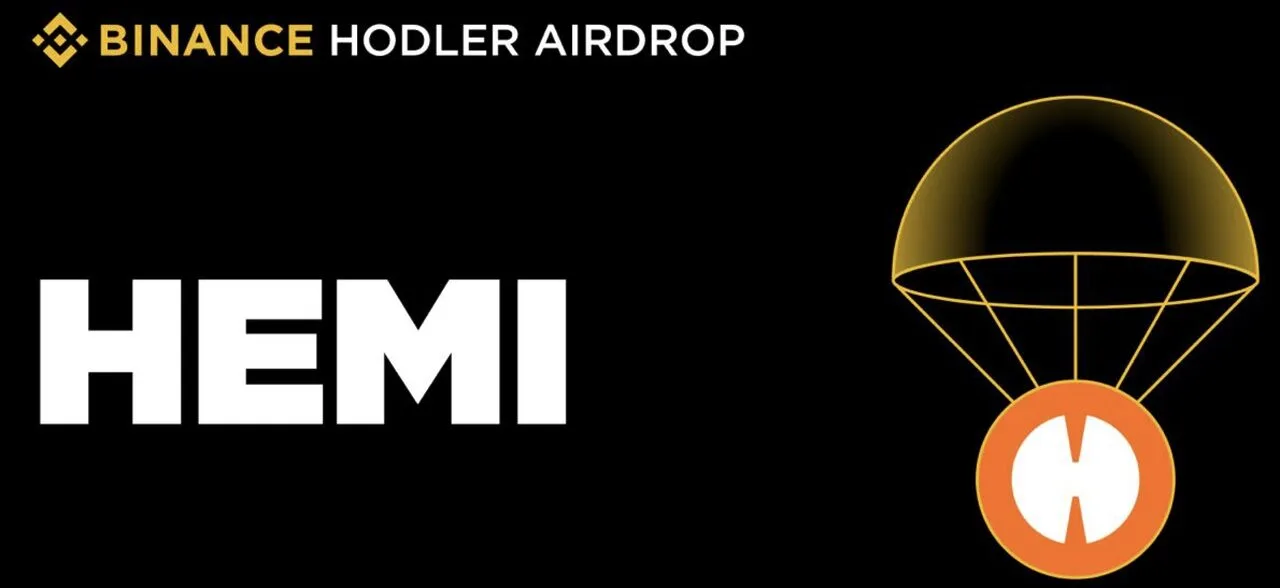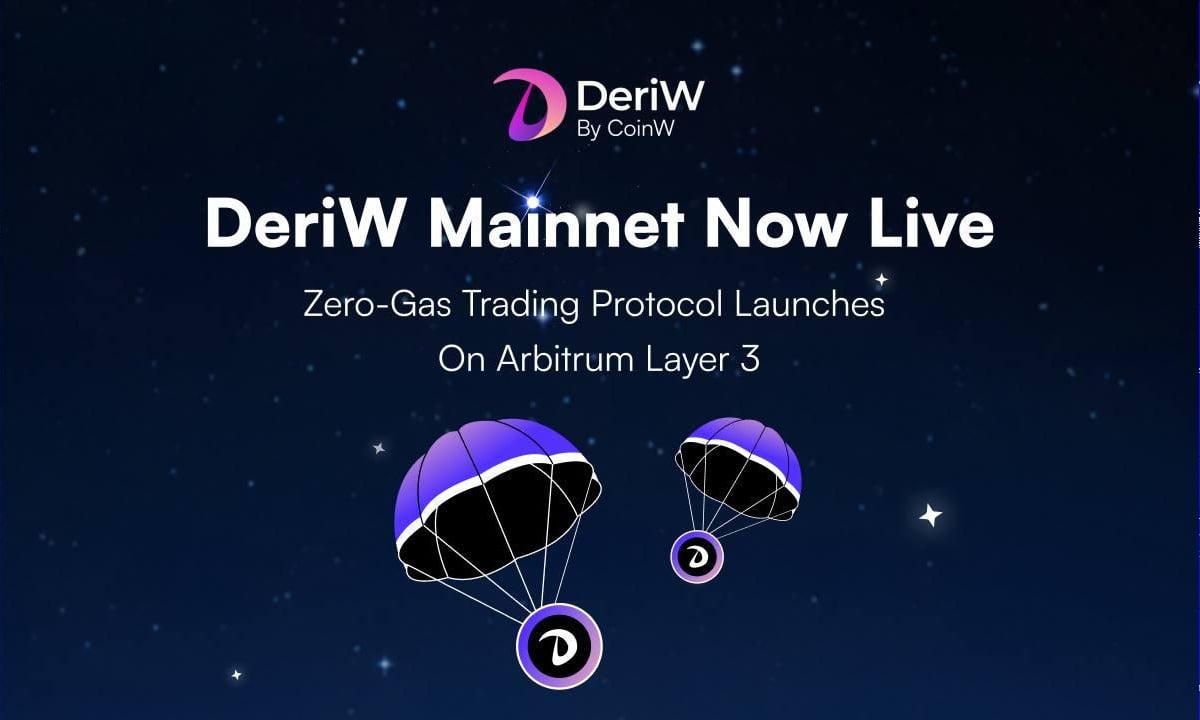We're proud to have Cow Swap as today's lead sponsor of Token Metrics, supporting our mission to deliver cutting edge insights and connect the investment community.
Best Price. Every Trade.
Built for active crypto traders. CoW Swap always searches across every major DEX and delivers the best execution price on every swap you make. Smarter routes. Better trades. No wasted value. Find your best price today. So why trade on any one DEX when you can use them all?
Market Summary
GM from Token Metrics.
As of Nov 17, 2025, crypto markets are digesting sizable institutional outflows—roughly $2B from investment products over the past week—against a backdrop of relatively contained spot volatility, leaving majors like BTC and ETH trading in choppy, range‑bound conditions.
On the micro side, today is stacked with structural catalysts: the Monad MON public sale opening on Coinbase ahead of its Nov 24 mainnet, Acurast’s TGE as it moves from canary network to full mainnet, and the DeriW mainnet launch with gas‑free perps. Each adds new venues or assets for capital deployment.
Overall sentiment skews cautiously constructive. Macro jitters are driving some derisking, but builders keep shipping mainnets, TGEs, and derivatives infrastructure. That supports a medium‑term bullish bias for on‑chain activity and selective alt exposure, even as institutional flows wobble near term.
Key Takeaways
- Today is dense with launch and distribution catalysts: Monad’s MON public token sale opens on Coinbase, Acurast holds its TGE ahead of mainnet, and DeriW brings a gas‑free derivatives mainnet online.
- Institutional sentiment is softening short term, with roughly $2B in weekly outflows from crypto investment products—the largest since Feb—signaling derisking by ETP and fund investors.
- Binance Japan’s new HEMI HODLer airdrop campaign creates a region‑specific yield opportunity and shows how CEXs are leaning on airdrops as retention tools.
- Derivatives market microstructure could be unusually active as Deribit and SignalPlus kick off a $450K USDC options trading competition, potentially boosting volumes and implied volatility in key BTC/ETH contracts.
- Capital continues to back infrastructure innovation—such as PoobahAI’s AI‑driven chain‑builder—even as macro headwinds weigh on prices, highlighting a gap between long‑term builder activity and short‑term institutional flows.
1. Binance Japan’s HEMI HODLer Airdrops: Regional Yield Catalyst

Binance Japan dropped fresh details on its next HODLer Airdrops campaign, this time targeting Hemi (HEMI) spot holders. The exchange has locked in specific snapshot dates, minimum balance thresholds, and distribution timelines for users holding HEMI in their Binance Japan spot wallets.
Only balances held in Binance Japan spot at the defined snapshot times qualify. Airdrops are funded by project teams and are distributed directly into user accounts after each snapshot and calculation window. No smart‑contract interactions. No gas. All centralized infrastructure.
From a yield‑seeker’s standpoint, this setup is structurally attractive:
- Lower operational risk: Rewards accrue to spot balances without bridging, staking contracts, or complex DeFi flows.
- Clear timing: Snapshot windows allow traders to plan rotations into HEMI ahead of eligibility cutoffs.
- CEX implementation: Airdrop math and distribution are handled off‑chain by the exchange.
Traders who expect increased demand into snapshots may choose to:
- Accumulate HEMI early on Binance Japan to front‑run last‑minute positioning.
- Rotate existing HEMI from other venues into Binance Japan before cutoff times.
- Use any short‑term price spikes to rebalance or hedge exposure on offshore venues.
There are also constraints:
- Japan‑only eligibility: Non‑Japan users can’t directly capture this yield unless they route via local entities, which adds friction and regulatory risk.
- Liquidity fragmentation: Liquidity splits between Binance Japan and global venues, which can create short‑lived dislocations and wicks around snapshot times.
Strategically, this announcement underscores a broader trend: CEXs are increasingly using structured airdrops to retain users and keep balances in‑house. For active traders, that means watching CEX airdrop calendars as a new source of short‑term basis trades and volume spikes, especially on smaller caps like HEMI.
2. Monad MON Public Sale Opens on Coinbase Ahead of Nov 24 Mainnet

Coinbase has opened the public sale for Monad (MON), one of this cycle’s most hyped L1 launches. The sale runs from Nov 17–22 and offers up to 7.5B MON, equal to 7.5% of the 100B initial supply, at a fixed price of $0.025 per token.
That pricing implies a $2.5B FDV out of the gate. Minimum allocation is set around $100, with a maximum near $100K per participant, though some Coinbase One users may see higher limits. The sale is open to users in 80+ jurisdictions, including the U.S., under standard KYC/AML rules.

Key structural points:
- Fixed price, known FDV: No Dutch auction or variable pricing; everyone pays $0.025.
- Fair allocation: Coinbase’s mechanism tends to favor smaller orders to avoid whales hoarding supply, improving odds for retail participants.
- Tight timeline: Sale ends Nov 22, followed by TGE and mainnet on Nov 24, compressing the window between primary and secondary markets.
Monad, developed by Category Labs, has already raised roughly $225M from heavy‑hitters like Paradigm, Dragonfly, Electric Capital, and Castle Island. That gives the chain significant runway and signals institutional conviction around its execution‑focused design.
Trading and investing angles:
- Secondary premium risk: If demand overwhelms the 7.5% on offer, initial listings could see a sharp premium to sale price, especially if circulating supply at TGE is tight.
- Relative‑value lens: The market will likely benchmark MON’s FDV against high‑throughput peers like SOL, SEI, and other performance L1s.
- On‑chain traction: Near Nov 24, watch early bridge flows, gas fee dynamics, and dApp launches to gauge whether the chain can convert hype into real usage.
For now, the MON sale offers one of the clearest, most structured ways to gain early liquid exposure to a new L1, with timing and supply parameters fixed in advance. The main open question is how aggressive post‑TGE unlocks and incentives will be, and whether that leads to sustained on‑chain stickiness or a short‑term rotation trade.
Today's Token Metrics insights are brought to you in partnership with Fisher Investments.
Retirement Planning Made Easy
Building a retirement plan can be tricky— with so many considerations it’s hard to know where to start. That’s why we’ve put together The 15-Minute Retirement Plan to help investors with $1 million+ create a path forward and navigate important financial decisions in retirement.
3. Acurast TGE: 137K+ Phones, 447M Tx, Now With a Token

Acurast, a confidential compute project initially built in the Polkadot orbit, is holding its token generation event today. The TGE marks the transition from its active Canary deployment to a full production mainnet.
Unlike many TGEs, Acurast already has real usage metrics:
- 137,500+ mobile devices onboarded as compute providers
- 447M on‑chain transactions processed
- More than 41,000 deployments across live use cases

The new token will be used to:
- Pay and incentivize compute providers running on their phones.
- Secure the network via staking and validator/collator coordination.
- Enable governance and economic alignment as the mainnet scales.
From an investment and DeFi‑strategy angle, this TGE creates an immediately tradable asset tied to a live compute economy. Expect rapid experimentation as markets spin up:
- DEX listings and pools: Watch where the token lists first and how deep liquidity becomes versus early FDV.
- TVL formation: Lending, staking, and LP products can create yield layers on top of compute‑driven demand.
- Real‑usage beta: If the 137K+ devices keep pushing transactions at pace—or accelerate—Acurast screens closer to an infrastructure play with measurable fundamentals than a purely narrative token.
For Polkadot‑aligned ecosystems, Acurast’s progress is a useful signal. If it can prove out mobile confidential compute at scale, it adds a differentiated building block that EVM and non‑EVM chains can tap into for privacy‑aware, verifiable off‑chain workloads.
4. DeriW Mainnet: Gas‑Free On‑Chain Perps as a CEX Alternative

DeriW has officially launched its mainnet, pitching itself as the first zero‑gas‑fee decentralized perpetual contract exchange. The protocol runs as an Ethereum‑secured Layer‑3, targeting up to 80,000 TPS with low‑latency execution designed to feel CEX‑like.
Key design choices:
- Gas‑free trading: Traders don’t pay gas for every order; fees are abstracted at the protocol layer.
- Ethereum security: Settlement anchors to Ethereum, while the L3 handles high‑speed matching and risk.
- CEX heritage: The team is associated with centralized exchange CoinW, bringing derivatives market experience and an existing user base.
For traders, DeriW matters because it tries to fuse CEX performance with on‑chain transparency. It enters a crowded field alongside dYdX v4, Hyperliquid, Aevo, and others, but with a distinct gas‑free pitch.
What to monitor over the next 1–2 weeks:
- TVL and open interest: Are LPs and market makers deploying capital, or does volume remain shallow?
- Incentives: Any points, rebates, or retroactive airdrop hints for early users will matter for flow.
- Execution quality: Slippage, funding rate stability, and liquidation behavior versus top CEX perps desks will determine if pro traders route size here.
If the combination of gas abstraction and high TPS works as advertised—and CoinW leans in with liquidity—DeriW could become a meaningful venue for leverage, funding‑rate arbitrage, and basis trades within the broader perps landscape.
Additional Flows & Builder Activity
Beyond today’s headline launches, a few other currents are worth tracking:
- Options activity: Deribit and SignalPlus have rolled out a $450K USDC BTC/ETH options trading competition. Expect more aggressive gamma scalping, wider strike coverage, and a possible uptick in implied volatility as participants chase volume and pnl metrics.
- AI x infra funding: Projects like PoobahAI, which offer AI‑driven chain‑builder tooling, keep raising capital. Even as price‑sensitive institutional flows step back, VC and strategic funding continues to target base‑layer infra and dev tooling—often with longer time horizons than public markets.
These themes reinforce the split between short‑term derisking and long‑term conviction in crypto as programmable, scalable infrastructure.
Outlook
Near term, the key tension is clear: roughly $2B in weekly institutional outflows versus one of the busiest on‑chain launch calendars in months. ETP and fund derisking may keep headline prices choppy, but it also sets the stage for sharper flows once macro data stabilizes or rate expectations shift.
Structurally, today’s catalysts—MON’s public sale ahead of mainnet, Acurast’s TGE backed by real usage, DeriW’s gas‑free perps, and exchange‑driven airdrops like HEMI—expand the surface area for capital deployment across L1s, compute, and derivatives.
Over the coming weeks, focus on:
- Circulating supply dynamics around new launches (MON, Acurast) and how quickly liquidity deepens on DEXs and CEXs.
- On‑chain usage metrics—active addresses, TVL, and transaction counts—for newly launched networks versus their pre‑launch narratives.
- Derivatives microstructure as more flow routes to on‑chain perps and options competitions, shaping volatility and funding conditions.
For investors, the playbook in this environment is selective risk: lean into fundamentally interesting launches and real usage data, while respecting that broader institutional flows are still cautious. The builders aren’t slowing down, and that continues to skew the medium‑term outlook for crypto infrastructure and on‑chain activity to the upside.
Token Metrics is sponsored by MasterWorks.
Crash Expert: “This Looks Like 1929” → 70,000 Hedging Here
Mark Spitznagel, who made $1B in a single day during the 2015 flash crash, warns markets are mimicking 1929. Yeah, just another oracle spouting gloom and doom, right?
Vanguard and Goldman Sachs forecast just 5% and 3% annual S&P returns respectively for the next decade (2024-2034).
Bonds? Not much better.
Enough warning signals—what’s something investors can actually do to diversify this week?
Almost no one knows this, but postwar and contemporary art appreciated 11.2% annually with near-zero correlation to equities from 1995–2024, according to Masterworks Data.
And sure… billionaires like Bezos and Gates can make headlines at auction, but what about the rest of us?
Masterworks makes it possible to invest in legendary artworks by Banksy, Basquiat, Picasso, and more – without spending millions.
23 exits. Net annualized returns like 17.6%, 17.8%, and 21.5%. $1.2 billion invested.
Shares in new offerings can sell quickly but…
*Past performance is not indicative of future returns. Important Reg A disclosures: masterworks.com/cd.





